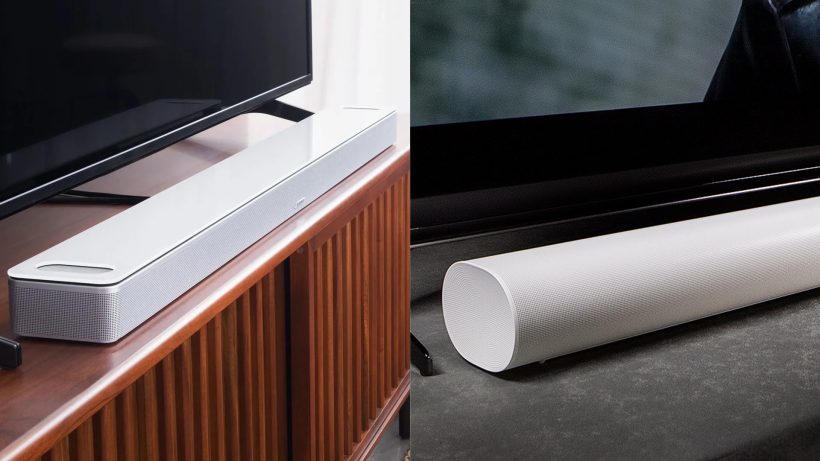The Sonos Arc and the Bose 900 are the latest and most powerful soundbars that are widely used in home theater, and we have put both soundbars to the test to see which one delivers better sound performance. The Sonos Arc uses 11 Class D digital amplifiers which drive 11 custom-designed drivers to create a very wide surround soundstage. In comparison, the Soundbar 900 from Bose utilizes nine amplification channels, two less than the Arc, and omits side-firing drivers. Bose compensates this with its PhaseGuide technology, which projects sound in various directions around the room. Both speakers have a 5.0.2 speaker configuration and come with upward firing tweeters for Dolby Atmos.
The Sonos Arc uses Trueplay technology to analyze how sound bounces off walls, adjusting the speaker’s output to optimize performance for your room’s layout. The Bose Smart Soundbar 900, on the other hand, requires you to use a headband equipped with a microphone together with Bose’s ADAPTiQ room calibration software to fine-tune the speaker’s performance.
Both soundbars support Wi-Fi, HDMI eARC, Apple AirPlay 2, and Spotify Connect. However, the Bose soundbar 900 also includes Bluetooth connectivity which is not available on the Sonos model (this may be a consideration if you want to stream music directly from your smartphone to the soundbar). While most people now prefer streaming music over Wi-Fi, this may be something to factor into your consideration.
We should mention that the Sonos S2 app and software update have also introduced support for high-resolution audio at 24-bit on most modern Sonos speakers, including the Arc soundbar.
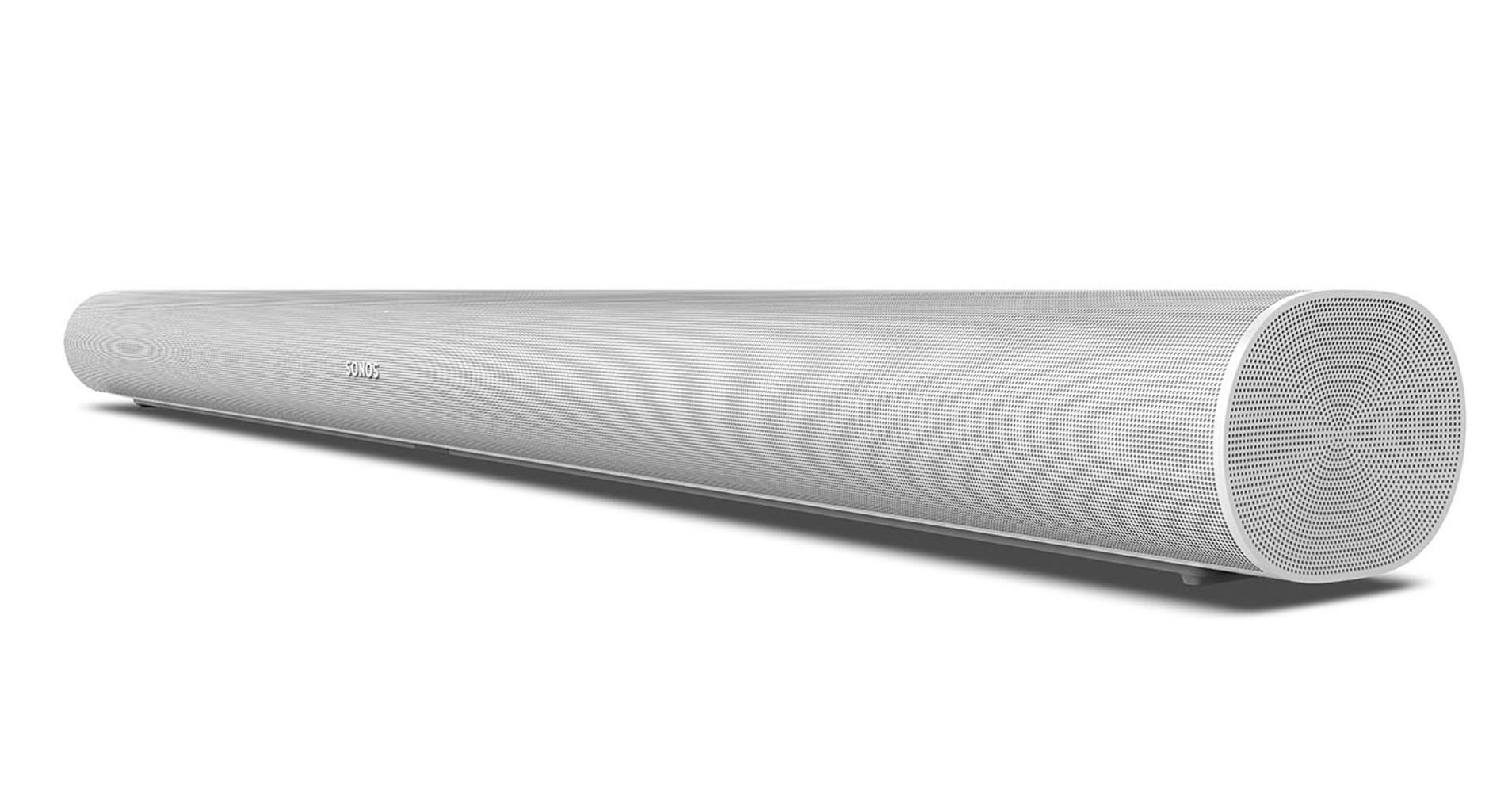
Comparing the Specs
| Specification | Sonos Arc | Bose Smart Soundbar 900 |
| Channel Configuration | 5.0.2 | 5.0.2 |
| Dimensions | 3.4 x 45 x 4.5 inches | 41.1 x 2.2 x 4.3 inches |
| Weight | 13.78 lb | 12.68 lbs |
| Color Options | Black with matte finish, White with matte finish | Black and Arctic White finishes |
| Driver Count | 11 | 9 |
| Drivers | Eight elliptical woofers, two up-firing drivers, center channel, side tweeters | Two tweeters, four racetrack transducers, a center tweeter, two upward firing transducers for Dolby Atmos |
| Connections | HDMI, optical, Ethernet, HDMI eARC | HDMI, Optical, eARC, Ethernet, Bluetooth |
| Surround Format Support | Dolby Atmos, Dolby True HD, Dolby Digital+, Dolby Digital | Dolby Atmos, Dolby Digital, Dolby TrueHD |
| Additional Features | Trueplay Tuning technology (iOS), Voice control with Amazon Alexa and Google Assistant | ADAPTiQ audio calibration, Bose Music app compatibility, Voice control with Amazon Alexa and Google Assistant |
The Sonos Arc stands out with its larger size and weight, more extensive driver arrangement (up to 11 compared with the Bose 900’s 9 drivers), but lack Bluetooth connectivity. The Bose Smart Soundbar 900 is slightly smaller, offers Bluetooth connectivity, and employs ADAPTiQ audio calibration technology. Both soundbars support Dolby Atmos and have smart voice control capabilities.
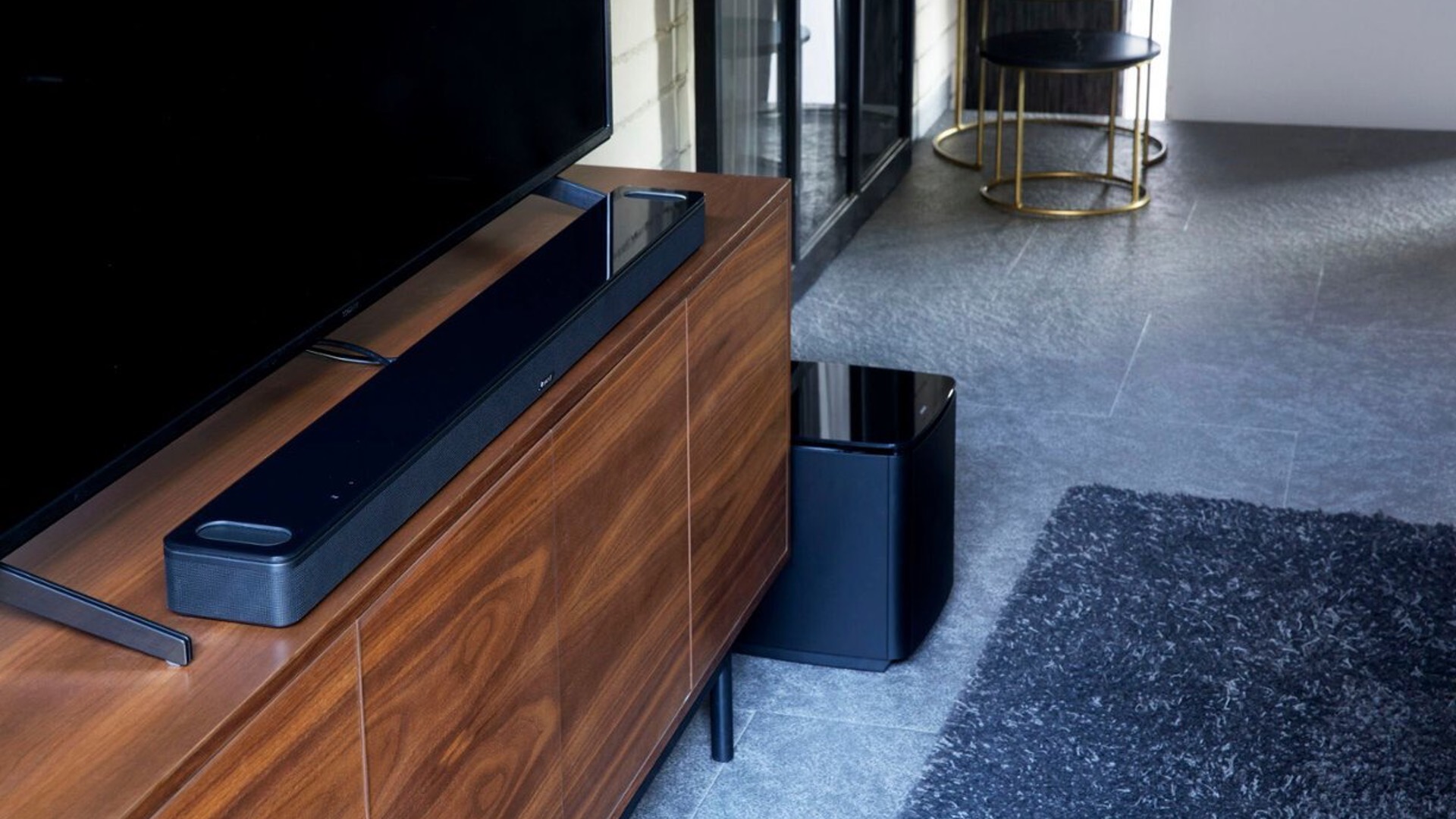
Sound Performance
When we tested both soundbars, we felt that the Bose Soundbar 900 deliver really crisp highs and nice surround sound which covers a wide frequency range. The sound quality is consistent across all volume levels and the bass feels tight and punchy. We played a couple of movies including the Lord of the Rings: The Return of the King and movie effects and dialogue sounded very deep and well-refined. Sound effects felt spacious and very well-articulated, allowing you to hear the direction of rain and thunder, or footsteps of an oncoming enemy. The Bose Soundbar 900 also supports Dolby Atmos and it was able to deliver really good spatial sound effects with 3D spatial imaging.
We felt that the Sonos Arc, on the other hand, delivered even better spatial audio with clear vocals and a wide soundstage. The sound feels absolutely amazing with Dolby Atmos content and you can really hear the difference in spaciousness with its 11 speaker drivers (you get a really good soundstage and 3D image of where each sound effect is coming from), and the dialogues sounded sharp and very clean. Having said that, while the Sonos Arc delivered a more expansive soundstage with really clear differentiation in positional sound effects, we felt that the soundbar was less punchy (or has less bass) than the Bose Soundbar 900. Straight out of the box, the Bose Soundbar 900 delivered much deeper bass that gave movies a level of depth that we liked.
The Sonos Arc soundbar’s lack of bass response however can be easily mitigated if you add a dedicated subwoofer such as the Sonos Sub Gen 3 to the system. This greatly improves the low-end bass response and the sound syncs seamlessly, delivering a superb Dolby Atmos soundstage. While we did not test the Bose 900 soundbar with the Sonos Sub, we felt that the Sonos Arc and the Sonos Sub combo delivered one of the best home theater experiences we have heard in a long while.
Both soundbars perform well in delivering clear dialogue and vocals, and movies and TV shows sounded very crisp and clear. The Sonos Arc edges out in providing a more expansive Dolby Atmos experience, making it more favorable if you want a truly immersive movie experience. In contrast, the Bose 900 delivered a more bass-heavy sound signature which is great if you need a standalone soundbar without a sub.
Overall, we would say that the Sonos Arc is ideal for users looking for an immersive, cinema-like experience with a wide soundstage and detailed audio, while the Bose 900 caters to those who prefer powerful bass and a warm sound profile, with a slight edge in aesthetics and a compact design.
Read also: Sonos Arc vs Sonos Beam (Gen 2)
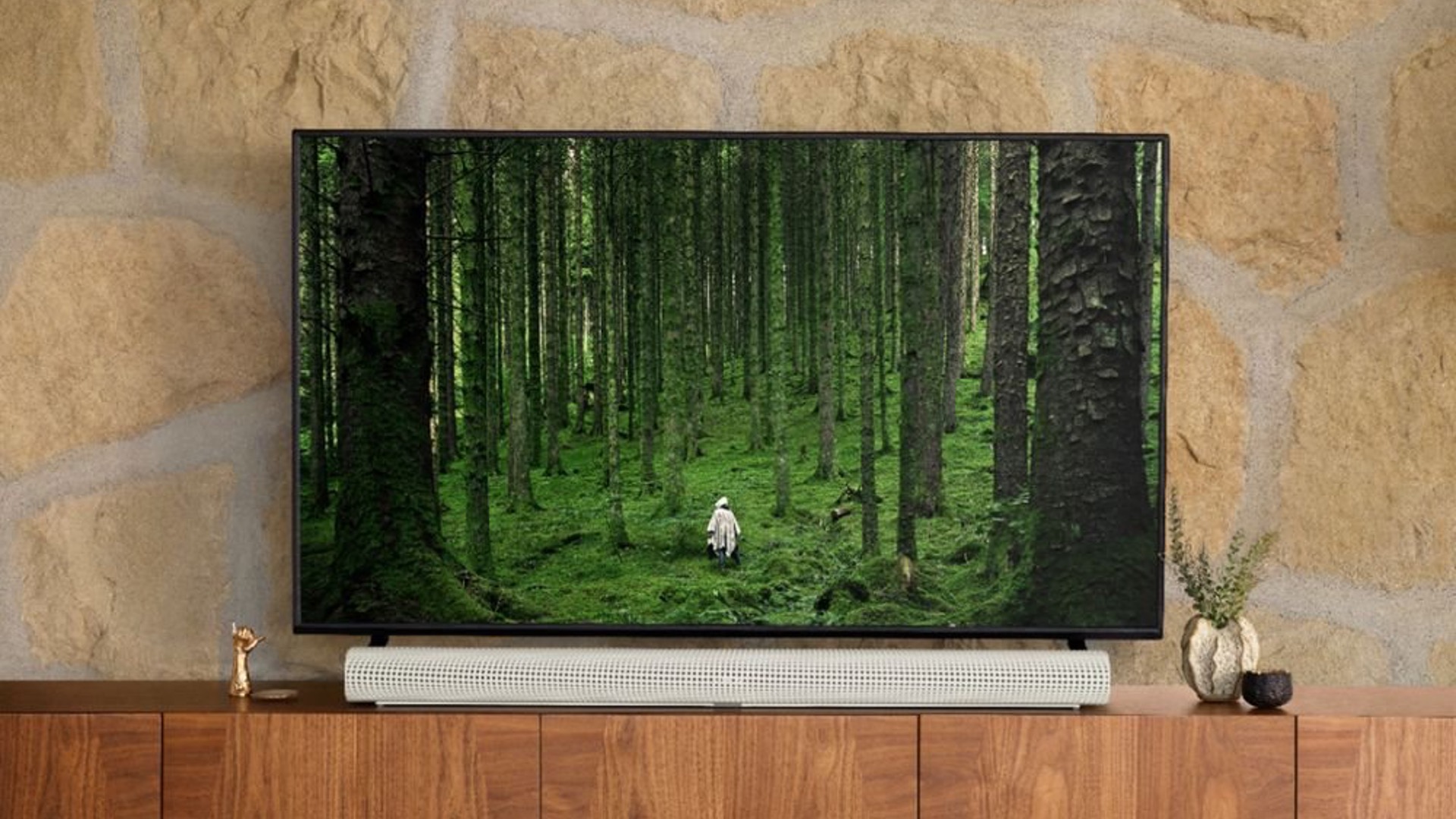
Design and Specs Comparison
The Sonos Arc is 45 inches in length and is built for larger televisions for an immersive home theater experience. This soundbar comes with intuitive touch-sensitive controls and a built-in microphone for voice assistants. The Sonos Arc supports Dolby Atmos and is compatible with a range of audio formats, but it does not support DTS variants. The Sonos Arc is compatible with Wi-Fi connections but lacks Bluetooth support.
In contrast, the Bose Smart Soundbar 900 is a bit shorter (41.1 inches), making it more suitable for compact spaces. The Bose 900 is bolstered by PhaseGuide technology which helps to create a more impressive soundstage. The Bose 900’s design includes a tempered glass top which looks pretty aesthetic when placed in front of a TV desk. The Bose 900 soundbar supports Dolby Atmos and also provides Bluetooth connectivity, which the Sonos Arc lacks. This can be a deal breaker depending on whether you use Bluetooth to stream music to your sound system at home.
We would say that the Sonos Arc is ideal for larger rooms because of its expansive and wide soundstage. Its compatibility with Sonos’s ecosystem such as the Sonos Sub allows for a more integrated home audio experience. The Bose 900, however, is more suited for those who prefer a balanced sound profile (and slightly warmer, deeper bass) and additional Bluetooth connectivity, fitting well in more compact spaces.
Both soundbars are at the higher end of the market when it comes to home theater, and you are unlikely go wrong if you decide to settle between any of them.
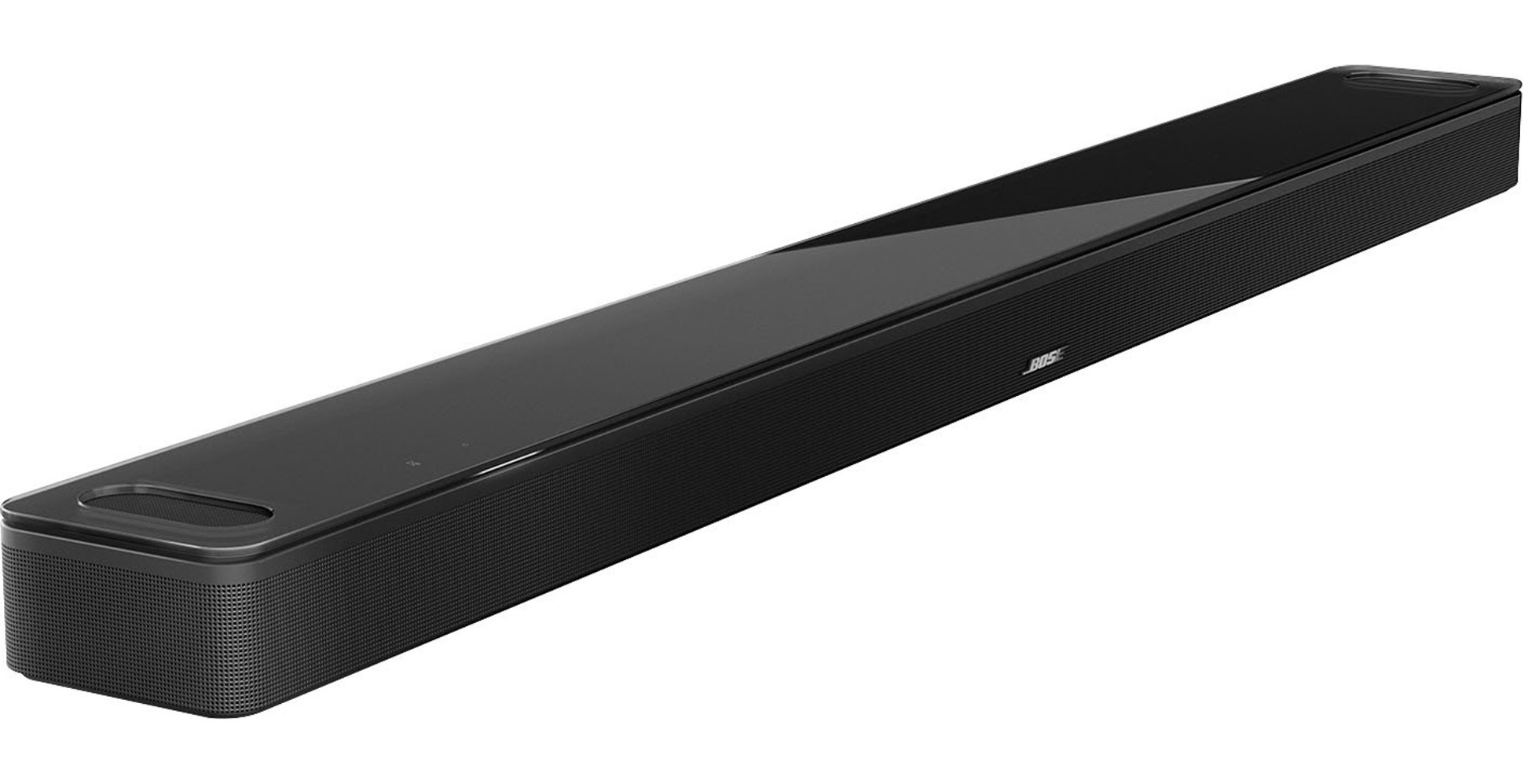
The Verdict?
If we had to choose between the Sonos Arc or the Bose 900 soundbar, we would go for the Sonos Arc because it delivers a much more expansive soundstage with 11 drivers (as compared to the Bose 900 soundbar’s 9 drivers). While the Bose 900 soundbar may sound punchier and have more bass at first instance, you can easily mitigate this by adding a dedicated subwoofer such as the Sonos Sub to the Sonos Arc setup (or the Bose Module 500 to the Bose Soundbar 900) to get much deeper bass performance – if you are planning to setup a full home theater system, you would probably be thinking of getting a dedicated subwoofer anyway rather than just rely on the bass from the soundbar. Having said that, the Bose 900 also delivers pretty good soundstage and surround sound with Dolby Atmos support, and it also supports wireless Bluetooth which the Sonos Arc does not support (it uses Wi-Fi connectivity only).
Overall, the Bose Soundbar 900 sounds great with really good clarity in the midrange and upper frequency ranges, but we felt that the Sonos Arc has more authority and depth especially with Dolby Atmos content. The Sonos Arc felt more spacious, and gives a high and wide soundstage that extends beyond the TV to the sides of the room (it sounds much more accurate with the sound placements due to it having more speaker drivers).

